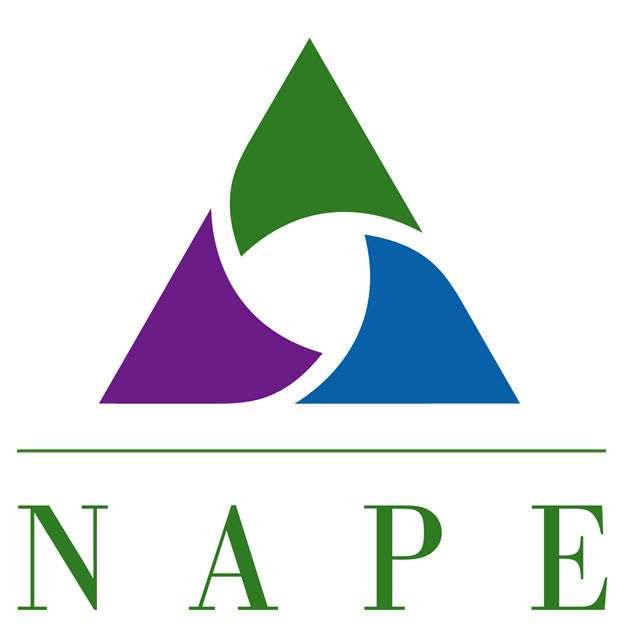MM 1.1 Welcome and Introduction
Welcome to the online module of Micromessaging to Reach and Teach Every Student™. Congratulations for making a conscious effort to work towards making access and equity a priority in your school or program. We are happy to be a part of those efforts!
Why Micromessages Matter
Much research over the past 50 years has focused on the role of self-concept or self-efficacy in mediating the effects of peers, family, learning experiences, and ability on career-related outcomes (Bandura, 1997). According to MIT researcher and professor, Mary Budd Rowe (1990), an important influencing agent on a person’s self-efficacy is the micro-inequity. Bernice Sandler (1986) describes the micro-inequity as the way in which individuals are “singled out, or overlooked, ignored, or otherwise discounted” based on an unchangeable characteristic, such as race or gender. A micromessage can take the form of a gesture, different word choice, treatment, or even tone of voice. Rowe believed that these behaviors and the subsequent perceptions are deeply rooted and unconscious and that the cumulative effect of micro-inequities has been demonstrated to impair a person’s performance in the workplace or classroom because of the damage to the individual’s self-esteem.
Stephen Young, a leading consultant and trainer in the application of micromessaging awareness for improving leadership skills, has found that “the effective use of micromessages by leaders lies at the core of what inspires followers to follow” (2007, p. 3). Within the education system, Young believes that schools are at the epicenter for cultural transformation: “If we can get educators to recognize the power they hold in their hands, in the way they teach and relate to students, they can be a powerful catalyst for change” (p. 170). Young further theorizes that the effective use of micromessages will allow educators to “shake things up in their schools so that the inequalities in our system and our cultural prejudices will not continue in future generations.”
Introductory Activity
Let’s jump right in. Please try the brief activity below, which illustrates what a micromessage is and what this module seeks to address.
Text Alternative for Introductory Activity
Please note: To improve the accessibility of this online module, all diagrams and interactive media such as the activity above are accompanied by links to “text alternatives” for those who prefer or require visual learning materials in text format.

